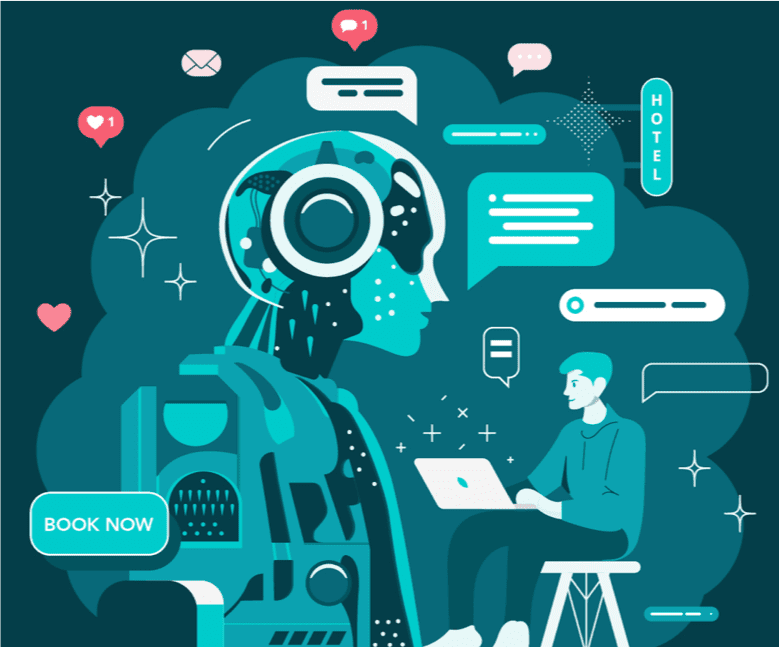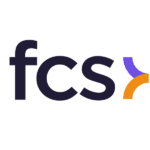 The 2021-born hype over the metaverse has been put through the wringer recently as epitomized by Facebook/Meta’s tumbling stock price and the reveal that Decentraland (one of the much-touted virtual worlds spearheading the metaverse movement) only had a daily active user in the hundreds. Yikes!
The 2021-born hype over the metaverse has been put through the wringer recently as epitomized by Facebook/Meta’s tumbling stock price and the reveal that Decentraland (one of the much-touted virtual worlds spearheading the metaverse movement) only had a daily active user in the hundreds. Yikes!
But even with these sobering reminders of the tech hype curve, hotels should not disregard the metaverse just yet as the travel industry is one of the prime beneficiaries of this technology with applications that your brand can realize for gains in 2023.
Defining the metaverse for right now
Before unpacking those use cases, it’s important to first unpack what is encompassed by the term ‘the metaverse’. Right now, the use of the term is less so pertaining to an object, singular technology or technological milestone that we will one day have in our lives, so much as it’s a process of realizing those dreams one step at a time.
For instance, when we talk about ‘hotels in the metaverse’, we aren’t necessarily describing the establishment of a wholly digital hotel constructed in an interconnected virtual world that can feasibly take advantage of business-to-avatar (B2A) revenue opportunities with sound economic projections. Instead, we are taking more about a siloed, privately hosted ‘digital twin’ (as the name implies, a 3D replica existing somewhere online) of a property existing in the real world with a variety of functions for each of the key stakeholder groups (owners or executives, frontline staff and guests).
This digital twin may be connected to or ported over into a virtual world at a future date, but right now the focus is on how activities in the metaverse can grow revenues or save costs, with quantifiable results on a quarterly income statement sometime in 2023 once there’s enough data to verify either way.
With this as an objective, what a digital twin lets anyone do is previsualize the hotel – that is, view it on a 2D monitor (so no expensive VR equipment is necessarily required) as a virtual walkthrough prior to setting foot onsite. Following this line of thought opens up two profound guest-facing use cases with big upside potential.
Hotel previsualization for event planning
Start by imagining your current sales cycle for a prospective event, from tradeshows, website activities and RFPs through to CRM workflows, site visits and contract negotiations. Throughout, what any event planner wants is the confidence that the space will serve the event’s needs and those of all attendees. If there’s trust, then the hotel is more likely to sell a bigger package, whether that’s in the form of a larger room block, a more elaborate venue setup or additional catering.
Having a digital twin of your hotel available for event planners to peruse helps build this trust. And such twins can be freely accessible via a portal off the website or your sales team can walk the prospect through the virtual hotel during a live demo. The next step here would be to overlay specific table configurations so that a planner can see, for instance, the difference between rounds and long tables or evaluate the attendee flow between a cocktail reception area and the main banqueting hall.
Moreover, such 2D environments let an event planner envision what adding another 10% to 20% more guests would look like – both in the venue spaces and in the room blocks – helping justify the higher total spend. Just like test driving a car or trying on clothes before purchasing them, the metaverse builds trust in the hotel product to close the sale.
Hotel previsualization for leisure travel
This idea of garnering trust extends to the transient segment, both for the booking phase and for prearrival upselling. The first domain – the dream phase of travel research as it’s often called – has long been extolled as a use case for VR, both by multinational hotel chains (such as the Best Western Virtual Reality Experience) and destination travel organizations. But why do you necessarily need the headset?
With any new technology, you have to adapt it to what customers are already using. Right now, prospective hotel guests have a desktop, a mobile phone and a myriad of email, SMS and social media through such to send a link that opens to a 3D rendering of a hotel within a 2D monitor. This can work to add some more interactivity to the reservation process and be used to encourage direct bookings.
When it comes to the prearrival phase – roughly from 14 days out to the intended date of arrival – resending this link that opens to the digital twin can lead to several other opportunities right when your incoming guests are best primed to take advantage of upselling offers. Specifically, you can prompt them with an attribute-based selling (ABS) offer by highlighting specific guestrooms within the 3D replica environment along with their price tags. Or, if you want to sell spa services, you might include a link that directs guests to tour those facilities.
Beyond incremental sales
On the cost savings side of things, the metaverse has already been noted for its potential to ramp up the efficiency of staff training in order to decrease CPOR. Concurrently, such alternative training methods may also increase morale by reducing the pressure one faces once staffers are on the job. The problem here is a lack of access to the tech while offsite (whether that’s a desktop or inexpensive AR/VR headsets). And while they’re onsite, there’s no substitute for the real thing.
This is not to say it can’t be done, but we should be realistic with our approach over the next 24 months, and previsualization appears to be far more lucrative. To that end, you can use your digital twin to plan for an upcoming renovation by swapping furnishings in and out to get a sense of their impact, all while conducting some bot-driven heatmapping for spatial optimization. This use case can ensure that the remodeling proceeds smoothly while satisfying all parties, although the frequency of any renovation dictates that this may not be of recurrent utility for any individual property.
As part of this becoming in the march towards a veritable metaverse, more iCommerce revenue and cost saving opportunities will reveal themselves. We already mentioned the B2A buzz term which inscribes the sales of wholly digital items directly to a person’s avatar. Similarly, hotels can setup a physical to digital (P2D) offer whereby real-world purchases also grant the guest perks in the metaverse. As the inverse of this, digital to physical (D2P) is what may describe the commerce strategy behind what citizenM and Millennium Hotels & Resorts did with their NFT launches in Spring 2022 – sell NFTs touting access to their metaverse properties but also with perks that can be unlocked in the real world such as discounts or free drinks. Either way, there are companies testing the waters and it’s time that you have a plan for where you think the potential is with this technology trend.
This article may not be reproduced without the expressed permission of the author.
































